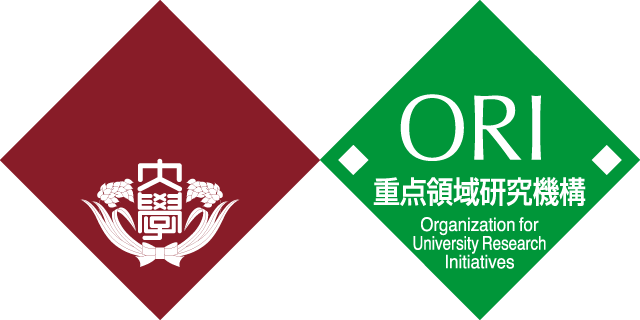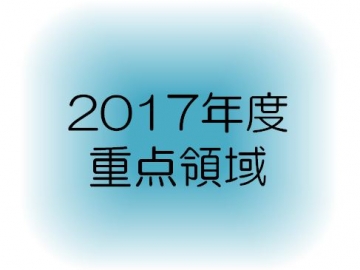Concluded Laboratory 2016/03/31
Director : Shin’ichi ISHIWATA
Professor,Faculty of Science and Engineering
Research theme
Establishing Waseda international collaboration research based in Singapore
Overview of research
Based on the research competence in the advanced bioscience that the University possesses (such as in establishing principles of biological activity, in elucidating pathological conditions, and in conducting R&D into new medical materials), we aim to build international collaboration with research organizations in Singapore (including research institutes of the Agency for Science, Technology, and Research (A*STAR), National University of Singapore (NUS), and Nanyang Technological University (NTU)), in order to address the following research topics.
- Physical biology: To develop micro/nanoscopic level technology to investigate gwork (power)h and gheat (temperature),h which are conventionally studied at the macroscopic level, in order to discover important biological phenomena. 1. To dynamically manipulate cells in soft settings that closely resemble living organisms, microscopically analyze their responses, and induce differentiation exploiting the ability to understand the differentiation mechanisms of muscle cells. 2. To develop a method for selectively measuring temperatures in a solution only in the areas with high spatial and temporal resolution, to create images of heterozygous thermal conditions in cell interiors, to elucidate the molecular organization of cancer cells and myocardial cells that respond to thermal excitation, and to control these organizations. Research into some topics will be progressed in collaboration with the NUS (Mechanobiology Institute), NTU and A*STAR.
- Nano biotechnology: Artificial red cells (hemoglobin-vesicles; particle size, 250 nm) encapsulate purified and concentrated human hemoglobin (Hb) solution in phospholipid vesicles (liposomes). They are virus-free, blood-type-free, and can be stored at room temperature for years, thus have a potential to be used as a transfusion alternative. In addition to establishing a highly efficient method of producing artificial red cells, here we investigate their application as (1) a transfusion alternative that can be used in case of a natural disaster or new type of infectious disease, (2) an oxygen supply system in the regenerative medicine, and (3) a system for carrying carbon monoxide with cytoprotective effects. We collaborate with domestic and overseas research institutes including NUS-Medicine, NUS-Bioengineering, etc., to test their safety and efficacy aiming to clarify new usages of artificial red cells.
- Bio-imaging: An original screening method has been used to develop an adaptor molecule with high affinity for the His-tag protein (that was produced by gene-recombination technology). Within the designated time period, we will construct novel probe groups which conjugate the His-tag adaptor molecule to the surface of functionalized nanoparticles or functionalized fluorescence probes. Furthermore, we are aiming at the construction of novel in vivo systems by realizing the fluorescent switching and intracellular delivery from the complexation of His-oligomers having a quencher group and/or a cell-introduction group with the probe groups, or by realizing the intracellular delivery of the functionalized fluorescent probes by using pH-responsive liposomes.
- Chemical biology: The main research object is to visualize intracellular events such as signal transductions, gene expressions, and protein localizations with high spatio-temporal resolution in live animals. To visualize the intracellular events in live animals, we will develop gene-encoded fluorescent indicators based on green fluorescent proteins from jelly fish or coral, and generate the transgenic animals which bear fluorescent indicators. We will then use the transgenic animals to screen the biologically active agents from both natural substances and chemical compounds library. The candidate agents will be administrated to the animal disease models to evaluate the biological effects in these animals.
With Waseda Bioscience Research Institute in Singapore (WABIOS) as the base, we will make use of the strong clinical study infrastructure and monitoring network in Singapore to push forward with realizing practical applications of new medical technology and experimental tools.
Researchers
Shin’ichi ISHIWATA (Professor, Faculty of Science and Engineering)
Shinji TAKEOKA (Professor, Faculty of Science and Engineering)
Yoichi NAKAO (Professor, Faculty of Science and Engineering)
Nobuhiro KANOMATA (Professor, Faculty of Science and Engineering)
Takahumi INOUE (Professor, Faculty of Science and Engineering)
Toshio OHSHIMA (Professor, Faculty of Science and Engineering)
Kazuhiko KINOSHITA (Professor, Faculty of Science and Engineering)
Mitsunori TAKANO (Professor, Faculty of Science and Engineering)
Visiting Faculty(full-time)
Tetsuya KITAGUCHI (Researcher/Associate Professor)
Madoka SUZUKI (Researcher/Associate Professor)
Keitarou SOU (Researcher/Associate Professor)
Adjunct Researcher
Hiromi SAKAI (Professor, Department of Chemistry, School of Medicine Nara Medical University)
Satoshi ARAI
Kenji YASUDA (Professor, Institute of Biomaterials and Bioengineering, Tokyo Medical and Dental University)
Contact
11 Biopolis Way #05-01/02 Helios, Singapore 138667
E-mail:[email protected]




